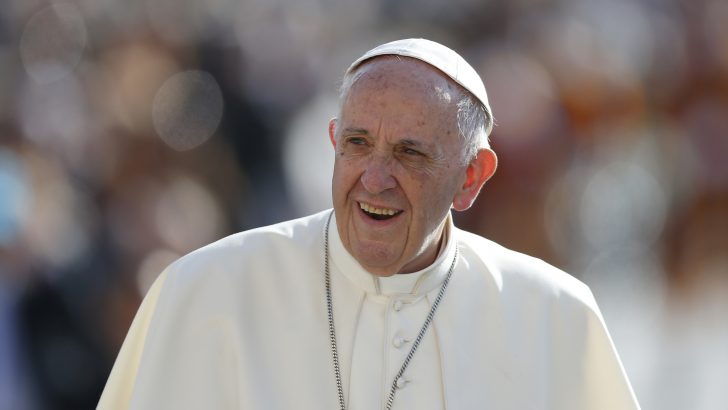Sometimes it’s hard to believe that it has been five years since the dreary rainswept evening when the little-known Archbishop of Buenos Aires appeared on the balcony of St Peter’s Basilica having just been elected as Pope Francis.
Dressed in a simple white cassock and introducing himself to the world with an almost faltering buona sera, Francis caught the imagination.
You can’t please everyone as Pope. John Paul II didn’t, Benedict XVI certainly didn’t and Pope Francis doesn’t either.
Former president Mary McAleese has described the Francis era as a “journey in disappointment”. In this assessment, she finds herself a fellow traveller with many self-styled ‘progressives’ or ‘traditionalists’ who either accuse the Pope of not going far enough, or think that Francis has gone too far in his reform agenda for the Church.
Agenda
So, what is the Pope’s agenda for reform and where does it stand five years into his papacy? In his landmark apostolic exhortation Evangelii Gaudium, Francis sets out a vision of the Church that is more decentralised. A Church where the relationship between the centre (Rome) is balanced with the local Church. This model was the one envisaged by the Second Vatican Council in the 1960s that sought to realise the idea of collegiality – that the Pope and bishops govern the Church together.
After the tumult of Vatican II, and misconceptions in the post-conciliar era Paul VI and to a greater extent John Paul II chose centralisation as a vehicle to ensure that the Church remained united. While probably necessary at the time, that centralisation and over-emphasis on Roman authority stifled some of the creativity that could have come from the local Church. The pastoral needs of Bogotá are not the pastoral needs of Belfast.
After five years, Francis has shown that he believes the Church must be governed in a way that is more synodal – bishops, priests and people coming together to discuss the needs of the Church and discern pastoral strategy to meet those needs.
While there have been two Synods of Bishops in Rome which were widely hailed as successful and collegial, there has been precious little flesh on the bones of co-responsibility in Ireland to elsewhere.
Many Catholic people misunderstand synodality. Some fear that it is akin to turning the Church into a democracy where everything – including core teaching – is up for grabs. But, a synodal Church is not about doctrine or changing Church teaching, it is about finding a different way to be the Church where there is dialogue and a healthy tension between the People of God and the hierarchical Church. This also necessitates a certain tension between the local Church and the primacy of Rome.
Francis, in Evangelii Gaudium and elsewhere, has laid out a vision for a more synodal Church that it is up to bishops’ conferences to run with and individual bishops to try to implement in their dioceses.
Few have taken up this challenge, so far.
Authentic reform in the Church doesn’t come by being imposed from the top down, it comes from the margins – from people discerning together what God is calling forth from the Church in every particular era.
Groundwork
By underlining this fact, Francis has laid the groundwork for a Catholic future that is more collegial and more dialogical. But the Pope is only one man, and it’s wrong to be constantly looking upwards as if Francis signing a decree in Rome will reinvigorate a struggling Irish parish.
Each local Christian community has to take responsibility for the transmission of the Gospel in their own milieu – Francis can provide the model, but he can’t situate it in every parish. That remains the call – and challenge – of his papal vision five years on.


 Michael Kelly
Michael Kelly